My question is how I can add a NavigationLink to the code below without changing the UI. I tried around for a few hours, but unfortunately without success. So if someone could help me that would be nice. I also found this but unfortunately, the answers did not work for me. Maybe I did something wrong
import SwiftUI
struct ContentView: View {
var body: some View {
UITableView.appearance().separatorStyle = .none
return NavigationView {
List {
CardView()
.listRowInsets(EdgeInsets())
}
.navigationBarTitle("Title")
}
}
}
struct CardView: View {
var body: some View {
VStack {
// NavigationLink(destination: EmptyView()) {
Image("Image")
.resizable()
.aspectRatio(contentMode: .fit)
HStack {
VStack(alignment: .leading) {
Text("Title")
.font(.system(size: 20))
.fontWeight(.semibold)
.foregroundColor(.primary)
.lineLimit(3)
Text("Subtitle")
.font(.caption)
.foregroundColor(.secondary)
}
.layoutPriority(100)
Spacer()
Image(systemName: SFSymbolName.chevron_right)
.foregroundColor(.secondary)
.font(Font.body.weight(.semibold))
}
.padding([.leading, .bottom, .trailing], 16)
.padding(.top, 5)
// }
}
.background(Color("CustomCardViewColor"))
.cornerRadius(10)
.padding(.all, 0.1)
.overlay(
RoundedRectangle(cornerRadius: 10)
.stroke(Color(.sRGB, red: 150/255, green: 150/255, blue: 150/255, opacity: 0.1), lineWidth: 1)
)
.padding([.top, .leading, .trailing])
}
}

